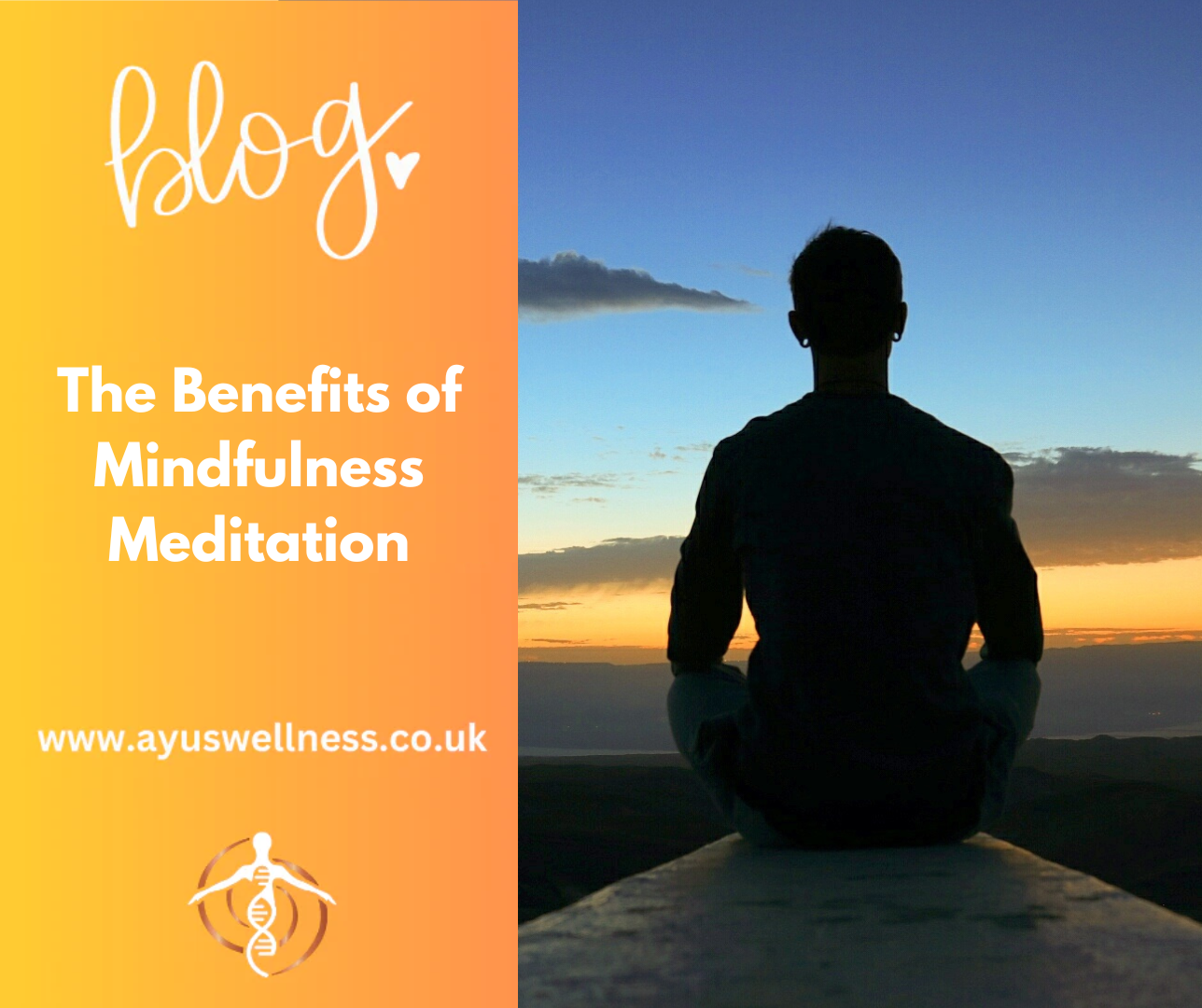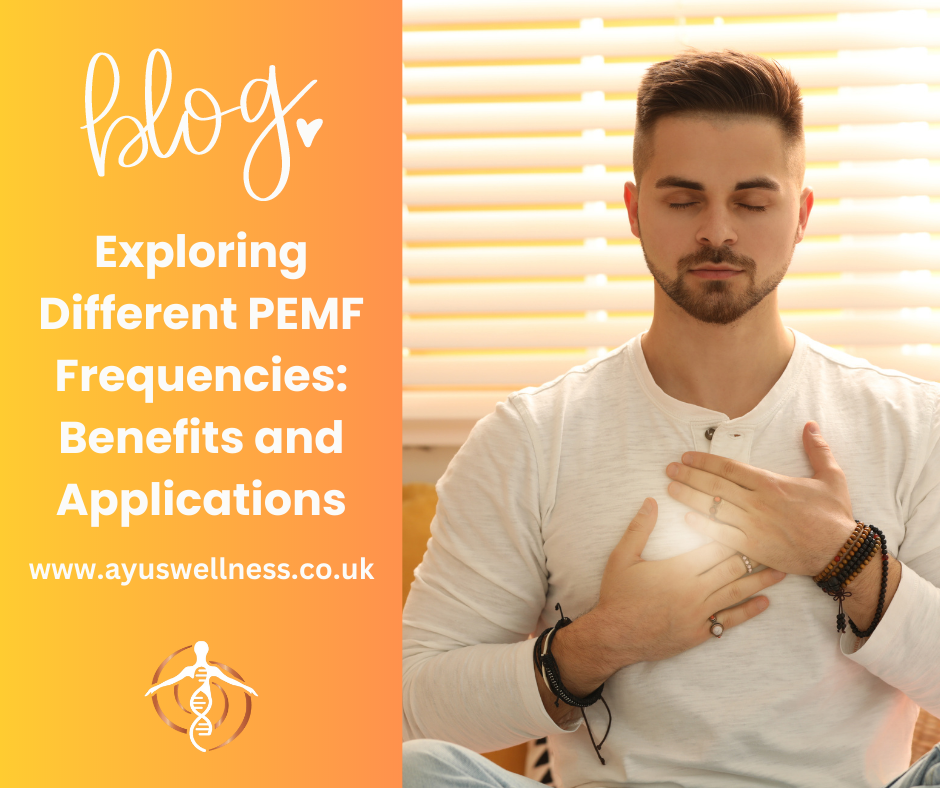
Mindfulness meditation offers numerous benefits for mental, emotional, and physical well-being. Here are some key advantages:
1. Reduces Stress and Anxiety
Mindfulness meditation helps calm the mind and reduce the physiological effects of stress. By focusing on the present moment, it reduces anxiety and promotes a sense of calm.
2. Enhances Emotional Regulation
Regular practice of mindfulness meditation improves emotional regulation, helping you respond to situations with greater equanimity and less reactivity.
3. Improves Focus and Concentration
Mindfulness enhances your ability to concentrate and maintain focus, making it easier to stay present and engaged in tasks.
4. Promotes Mental Clarity
Mindfulness meditation clears mental clutter, providing a sense of clarity and enhancing decision-making abilities.
5. Boosts Overall Well-Being
By fostering a greater sense of awareness and acceptance, mindfulness meditation contributes to improved overall well-being and life satisfaction.
Practical Techniques for Practicing Mindfulness Meditation
Here are some practical techniques to help you get started with mindfulness meditation:
1. Basic Mindfulness Meditation
- Find a Quiet Space: Choose a quiet and comfortable place where you won’t be disturbed.
- Sit Comfortably: Sit in a comfortable position with your back straight and hands resting on your lap.
- Focus on Your Breath: Close your eyes and bring your attention to your breath. Notice the sensation of the breath as it enters and leaves your nostrils.
- Observe Without Judgment: If your mind wanders, gently bring your focus back to your breath without judgment. Continue for 5-10 minutes and gradually increase the duration as you become more comfortable.
2. Body Scan Meditation
- Lie Down Comfortably: Lie down on your back with your arms at your sides and legs slightly apart.
- Bring Awareness to Your Body: Close your eyes and bring your awareness to your body. Start at your toes and slowly move upward, noticing any sensations or areas of tension.
- Breathe Into Areas of Tension: As you scan each part of your body, breathe into areas of tension and imagine them relaxing.
- Complete the Scan: Continue scanning your body until you reach the top of your head. This practice helps promote relaxation and body awareness.
3. Loving-Kindness Meditation
- Find a Comfortable Position: Sit or lie down in a comfortable position.
- Focus on Your Breath: Close your eyes and take a few deep breaths.
- Generate Kindness: Silently repeat phrases such as “May I be happy, may I be healthy, may I be safe, may I live with ease.” After a few minutes, extend these wishes to others, starting with loved ones and gradually including all beings.
- Feel the Warmth: Focus on the feelings of warmth and compassion as you repeat these phrases. This practice fosters empathy and positive emotions.
4. Mindful Walking
- Choose a Path: Find a quiet path or space where you can walk slowly and undisturbed.
- Walk Slowly: Begin walking slowly and mindfully. Pay attention to the sensation of your feet touching the ground and the movement of your body.
- Stay Present: Focus on the present moment, noticing the sights, sounds, and smells around you.
- Breathe Naturally: Allow your breath to flow naturally as you walk. This practice helps integrate mindfulness into everyday activities.
Tips for Incorporating Mindfulness into Daily Life
Integrating mindfulness into your daily routine can enhance its benefits. Here are some tips to help you incorporate mindfulness into your life:
1. Start Small
Begin with short meditation sessions and gradually increase the duration as you become more comfortable. Consistency is more important than duration.
2. Use Reminders
Set reminders on your phone or place sticky notes around your home or workplace to remind yourself to take mindful pauses throughout the day.
3. Practice Gratitude
Incorporate gratitude into your mindfulness practice by taking a moment each day to reflect on things you are grateful for. This promotes a positive mindset.
4. Be Mindful in Daily Activities
Bring mindfulness to everyday activities such as eating, showering, or brushing your teeth. Focus on the sensations and experiences in the present moment.
5. Join a Group
Consider joining a mindfulness or meditation group. Practicing with others can provide support and enhance your commitment to mindfulness.
6. Keep a Journal
Maintain a mindfulness journal to track your progress, reflect on your experiences, and note any changes in your mental and emotional well-being.
FAQs
Q: How long should I meditate each day?
A: Start with 5-10 minutes daily and gradually increase to 20-30 minutes. Consistency is key, so find a duration that fits your schedule and stick with it.
Q: Can mindfulness meditation help with anxiety and depression?
A: Yes, mindfulness meditation has been shown to reduce symptoms of anxiety and depression by promoting relaxation and improving emotional regulation.
Q: Do I need any special equipment to practice mindfulness meditation?
A: No special equipment is needed. All you need is a quiet space and a few minutes of your time. You can also use guided meditation apps or recordings if you prefer.
Wrapping It Up
Mindfulness meditation is a powerful tool for cultivating peace and balance amidst the chaos of everyday life. By incorporating mindfulness practices into your routine, you can reduce stress, improve emotional regulation, and enhance overall well-being. Use the techniques and tips provided in this guide to start your mindfulness journey and experience the transformative benefits of living in the present moment.



